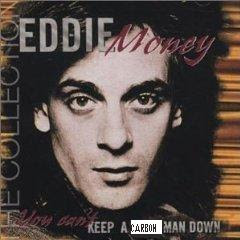
It's been a busy time in my office with funding proposals, work planning and meetings leading up to today's federal budget in Canada, but I have been squeezing in some work on forest carbon...
As part of the Climate Action Network International's Working Group on Land Use, Land Use Change and Forestry, I've been participating in some really interesting discussions on forest accounting under the Kyoto Protocol. We've been talking about how to deal with emissions from natural disturbances, whether emissions credits from forests should be discounted, how to best protect biodiversity, and a number of other topics that would seem esoteric to all but the most engaged, but are nonetheless important to how forest carbon fluxes are measured and accounted for.
I've also been working with some colleagues on what could constitute a list of principles related to forest offsets. It has been a useful experience that Will certainly guide my input to the various processes underway to define offset systems for North America.
One of my colleagues made a very astute observation that I would like to share: the first choice we need to make when conceptualizing an offset framework is whether we want to follow the example of a regulatory model (such as the Clean Development Mechanism) or a voluntary model (such as the various existing voluntary offset systems). This choice is significant and will lead us down a path of more or less rigor. The former path seems undoubtedly to be the better one.

No comments:
Post a Comment